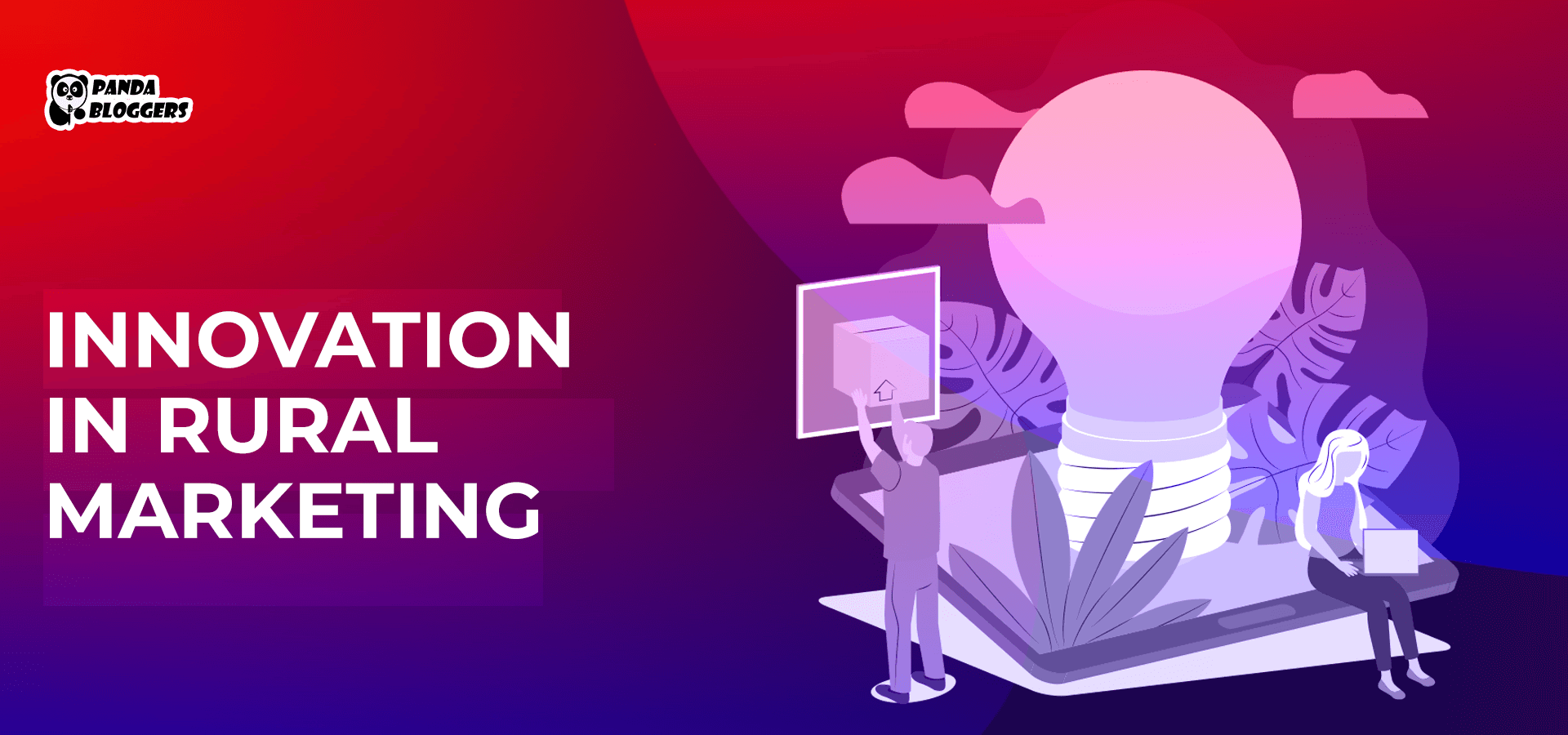 Innovations in Rural Marketing
Innovations in Rural Marketing
This is the seventh blog in our series on rural marketing. The first blog highlights the differences between rural marketing and urban marketing. The subsequent blogs in the series cover important aspects of rural marketing – the types of rural marketing, the importance, scope, challenges, and classification of rural marketing. In this blog post, we are highlighting some of the influential innovations in rural marketing.
There was a time when rural marketing was synonymous with agricultural marketing. In the initial phases, rural marketing strategies focused extensively on making various agricultural products available to urban consumers. However, modern rural marketing strategies focus primarily on boosting customer acquisition and gaining market share.
There was a time when companies reached out to rural consumers using traditional marketing channels like print ads, billboards, event marketing, and broadcasting. However, the surge in mobile penetration and internet access enables enterprises to acquire and retain rural customers by running multichannel digital marketing channels.
The transformation and evolution of rural marketing are driven by different types of innovation. Each type of innovation helps companies communicate with and engage rural consumers by solving challenges. Also, these innovations help companies run marketing campaigns by targeting rural and urban consumers simultaneously. We are discussing some of these influential innovations in rural marketing.
Interesting Innovations in Rural Marketing
Rural eCommerce
There was a time when eCommerce companies were delivering products to customers living in rural areas. However, leading eCommerce platforms have started delivering products to customers staying in the hinterlands. The expansion makes it easier for companies to sell products to retail customers by overcoming infrastructural and supply chain constraints.
At the same time, eCommerce platforms create opportunities for artisans and small businesses to sell their products to urban customers without investing in supply chain management. That is why; a surge is being noticed in the number of rural enterprises promoting and marketing their handicrafts digitally and aggressively.
Example: Flipkart’s “Samarth” initiative supports rural artisans, weavers, and craftsmen by providing them an online platform to sell their handmade products directly to urban consumers.
Example: Amazon’s “Kala Haat” program allows Indian artisans to showcase and sell their traditional crafts and handmade products through its eCommerce marketplace.
Example: Meesho, a social commerce platform, has enabled rural entrepreneurs and women-led businesses to sell products via WhatsApp and Facebook, creating a new wave of digital sellers in small towns and villages.
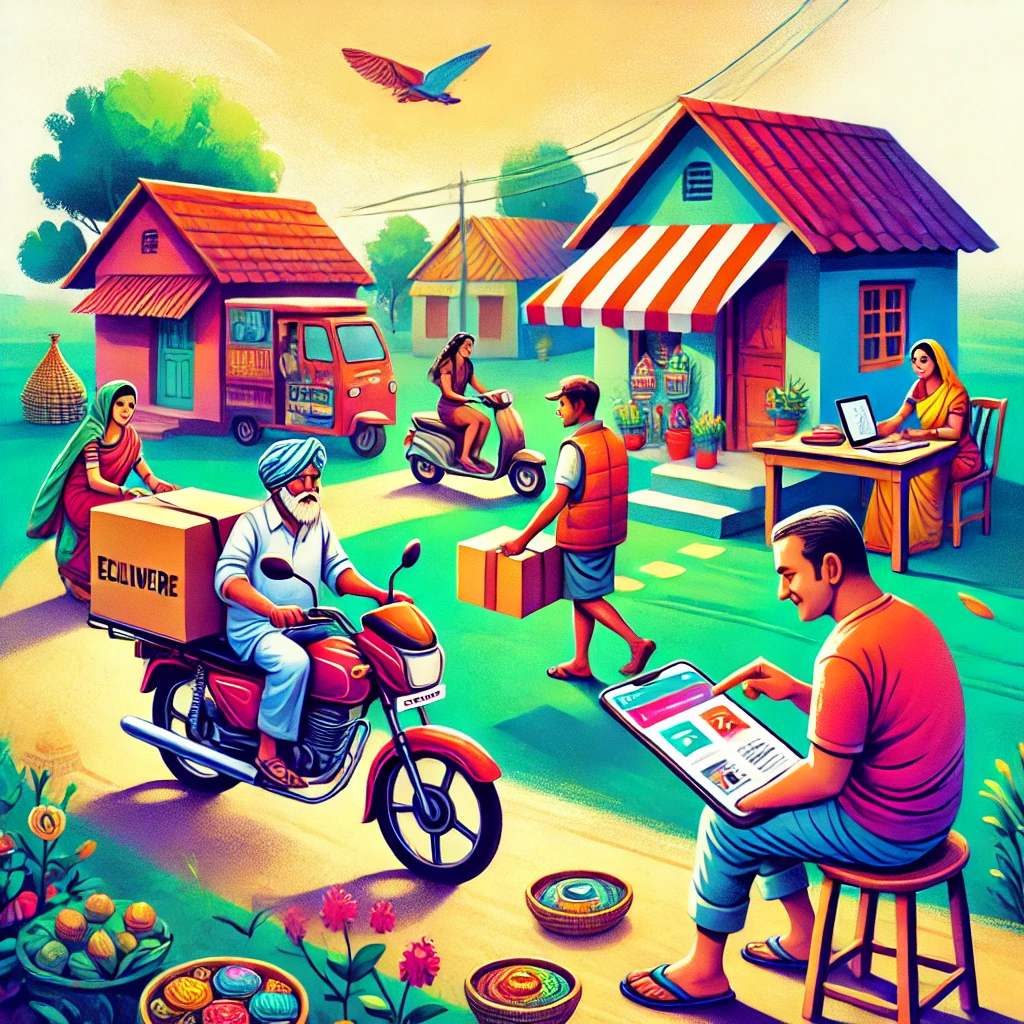
Financial Inclusion
Financial inclusion refers to making essential financial products and services accessible at affordable rates. There was a time when rural consumers lacked access to useful and affordable financial products or services. However, many banking and non-banking financial institutions have been focusing on financial inclusion in non-urban areas.
The financial inclusion makes many rural consumers buy mobile devices and two-wheelers on credit. Leading brands drive sales growth by partnering with various financial companies. The partnership helps them boost sales in rural markets where a large percentage of customers whose primary occupation is agriculture.
Example: The Indian government’s “Jan Dhan Yojana” has significantly increased bank account penetration in rural India, fostering financial inclusion.
Example: Bajaj Finserv and Mahindra Finance offer easy loan schemes on agricultural equipment, helping rural consumers purchase tractors and two-wheelers without immediate financial strain.
Example: Paytm and PhonePe have driven digital financial inclusion in rural India by introducing mobile wallets and UPI payments, making financial transactions more accessible.
Mobile Marketing
As highlighted by several studies, rural users will drive the sale of internet-enabled mobile devices in the future. The increase in mobile device sales creates opportunities for companies to promote their products or services in rural markets by leveraging smartphones and tablets. Leading companies these days expand customer outreach by sending text messages, instant messages, and emails to rural customers using mobile devices.
Also, they boost customer acquisition by running targeted mobile marketing campaigns. In addition to customizing mobile apps for rural consumers, they have been adopting a mobile-first approach. The mobile-first approach helps rural customers gather information about products, services, and brands. At the same time, brands influence their purchase decisions by distributing content optimized for mobile devices and platforms.
With increasing smartphone penetration and internet connectivity in rural areas, businesses are leveraging digital platforms to engage consumers. Examples include:
WhatsApp-based marketing for product promotions and customer service.
Mobile-friendly e-commerce apps targeting rural consumers.
SMS-based campaigns for awareness and engagement.
Example: In India, Reliance Jio has played a significant role in bringing affordable internet to rural areas, enabling small businesses to use WhatsApp and Facebook for marketing and customer engagement.
Marketing Content Localization
Adult literacy rates are much lower in rural areas in comparison to urban areas. While planning digital marketing campaigns, managers ensure that each rural consumer can access content in his preferred language. They address the literacy gap by producing content in various formats and languages. For instance, they target educated consumers by delivering content in English and local languages.
At the same time, they use content repurposing and translation tools to convert the textual content into audio and video. The audio and video content helps them convey the brand message to customers who cannot read the textual content. Many companies these days leverage artificial intelligence (AI) technologies to accelerate the creation of marketing content in various formats and languages.
Example: Platforms like ShareChat and Moj in India offer localized content in multiple regional languages, enabling brands like PepsiCo and Britannia to target rural consumers effectively.
Example: AI-driven tools like Reverie and Vernacular.ai help brands convert textual content into regional languages, making digital campaigns more accessible to rural audiences.
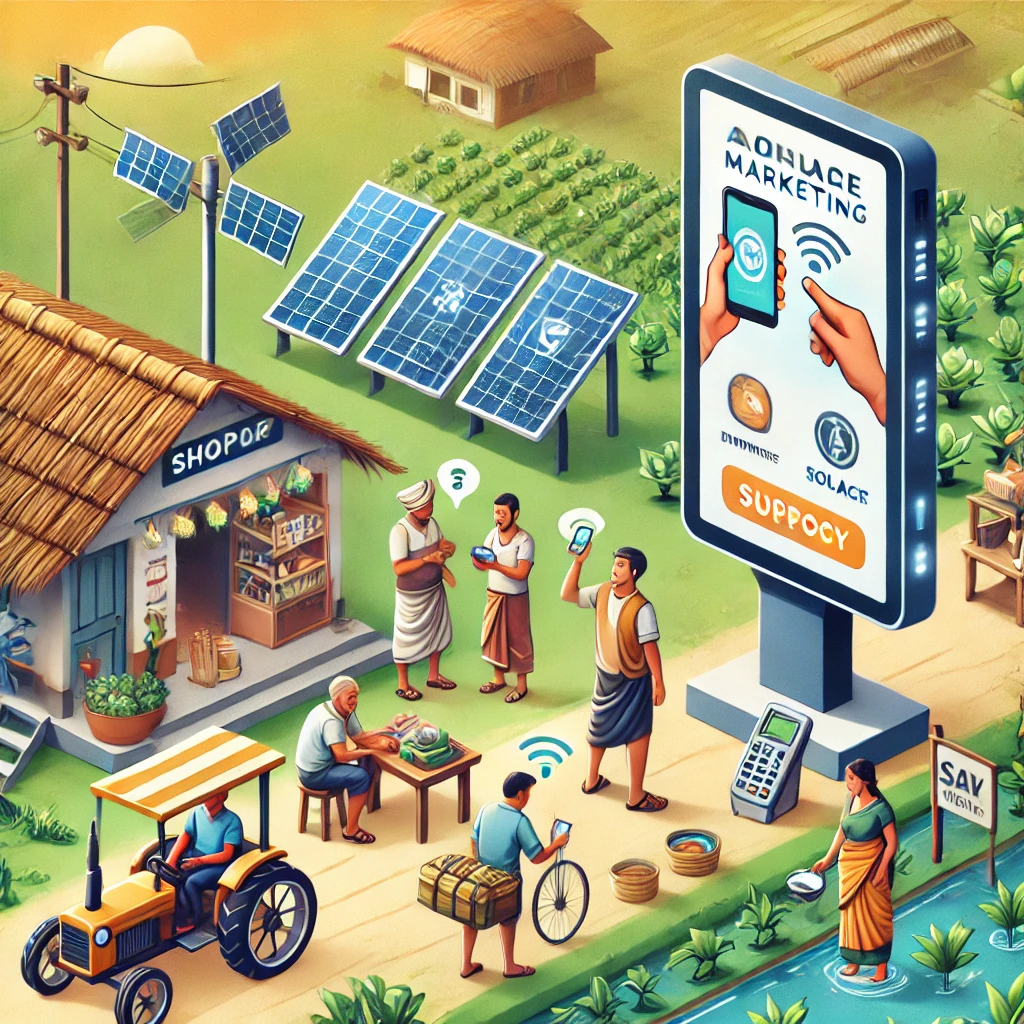
Omnichannel Marketing Campaigns
Access to mobile devices enables rural consumers to consume digital content in multiple formats. Educated consumers living in rural areas usually gather information about products, services, or brands using search engines and social networks. At the same time, a significant percentage of rural consumers gather information by watching videos or listening to audio.
Hence, enterprises these days drive demand generation and customer acquisition using organic and paid digital marketing channels. They keep brand messaging and customer communication consistent across channels by running multichannel or omnichannel digital marketing campaigns. They run omnichannel digital marketing campaigns to reach out to the targeted rural consumers, regardless of their preferred digital marketing channel.
Example: Tata Tea’s “Jaago Re” campaign integrated TV, digital, and rural on-ground activation to engage consumers across multiple channels.
Example: ITC’s Aashirvaad Atta uses a combination of social media, video ads, and rural engagement programs to maintain a consistent brand message across different platforms.
AI-Driven Marketing
In addition to automating routine marketing activities, Artificial intelligence (AI) technologies enable companies to run data-driven rural marketing campaigns. AI tools make it easier for companies to connect with rural consumers. A company can use AI-powered content writing tools to create multi-format and multilingual content for rural marketing campaigns.
Also, businesses respond to questions and queries asked by rural consumers by implementing AI chatbots. At the same time, intelligence technologies enable businesses to plan localized rural marketing campaigns based on real-time market data. They help decision-makers make sense of rural market and consumer data by sharing insights and highlighting trends.
Example: HDFC Bank uses AI-powered chatbots to assist rural customers with banking and financial services, enhancing customer engagement.
Example: AI-driven analytics by companies like Gramophone help farmers make better crop-related decisions, thereby allowing agri-based businesses to market their products more effectively.
Example: Unilever India leverages AI-powered voice assistants to interact with rural consumers in regional languages, improving brand engagement.
Tech-Driven Logistics
Logistics is often cited as a key challenge in rural marketing. Companies overcome this rural marketing challenge by leveraging cutting-edge technologies. Tech tools enable them to distribute and deliver products in rural areas efficiently and accurately. Leading companies drive rural market penetration using a wide range of logistic technologies.
For instance, they optimize loads and identify the best routes using transport management systems. Likewise, warehouse management systems make it easier for them to deliver products to rural consumers by storing and handling the stocks more effectively. Hence, tech-driven logistics have been increasing the availability of products in rural markets.
Example: Flipkart’s “Supply Chain Automation” initiative uses AI and machine learning to optimize rural delivery routes and reduce logistical costs.
Example: BigBasket’s rural expansion strategy integrates cold storage facilities and tech-enabled tracking systems to improve delivery efficiency in remote areas.
Example: Delhivery’s drone-based logistics solutions are being piloted to address last-mile delivery challenges in India’s rural and hilly regions.
Voice and Vernacular Marketing
Since rural consumers prefer regional languages, brands are creating vernacular content and voice-based search tools to enhance accessibility. Examples include:
- AI-powered voice assistants in local languages.
- Regional-language YouTube videos and podcasts for brand storytelling.
- Example: Google’s Voice Search in Indian languages has facilitated easier access to digital content for rural users, helping brands like HUL and ITC reach wider audiences through regional campaigns.
Sachet Marketing & Affordable Packaging
To make products more accessible to rural consumers with lower purchasing power, companies offer small, affordable packaging. Examples:
- Shampoo and detergent sachets.
- Single-use spice and food packaging.
- Low-cost mobile data packs from telecom providers.
- Example: FMCG giants like Unilever and P&G continue to dominate rural markets with sachet-based pricing, particularly for shampoo and detergent brands like Clinic Plus and Tide.
Rural Influencer Marketing
Local influencers, farmers, and community leaders play a significant role in influencing rural purchase decisions. Companies collaborate with:
- Local social media influencers to promote products.
- Farmer testimonials to build trust in agricultural products.
- Example: YouTube and TikTok rural influencers in India have helped brands like Patanjali and Dabur expand their reach through authentic, relatable endorsements.
Hub-and-Spoke Distribution Model
To improve product reach, companies establish regional hubs and leverage local distributors. Examples:
- FMCG companies using rural retailers as distribution partners.
- E-commerce firms setting up last-mile delivery through local entrepreneurs.
- Example: Amazon India’s “I Have Space” program enables small shop owners in rural areas to act as last-mile delivery partners.
Experiential and Interactive Marketing
Brands engage rural consumers through interactive experiences like:
- Mobile van promotions with live product demonstrations.
- Rural fairs and haats (weekly markets) as marketing platforms.
- Example: Coca-Cola India has used mobile vans to provide live product sampling in remote villages, increasing brand awareness and sales.
Government and NGO Collaborations
Many businesses partner with government programs and NGOs to tap into rural markets. Examples:
- Public-private partnerships in financial inclusion campaigns.
- Collaborations with NGOs to distribute hygiene and healthcare products.
- Example: The “e-Choupal” initiative by ITC has successfully empowered rural farmers by providing direct access to market prices and agricultural insights.
Conclusion
The huge rural population and growing rural prosperity create opportunities for companies to boost revenue growth by running digital marketing campaigns. However, rural marketing has been evolving consistently. The evolution or transformation of rural marketing is being driven by different forms of innovations. Each innovation of rural marketing makes it easier for companies to expand rural customer bases by reducing complexities and costs.







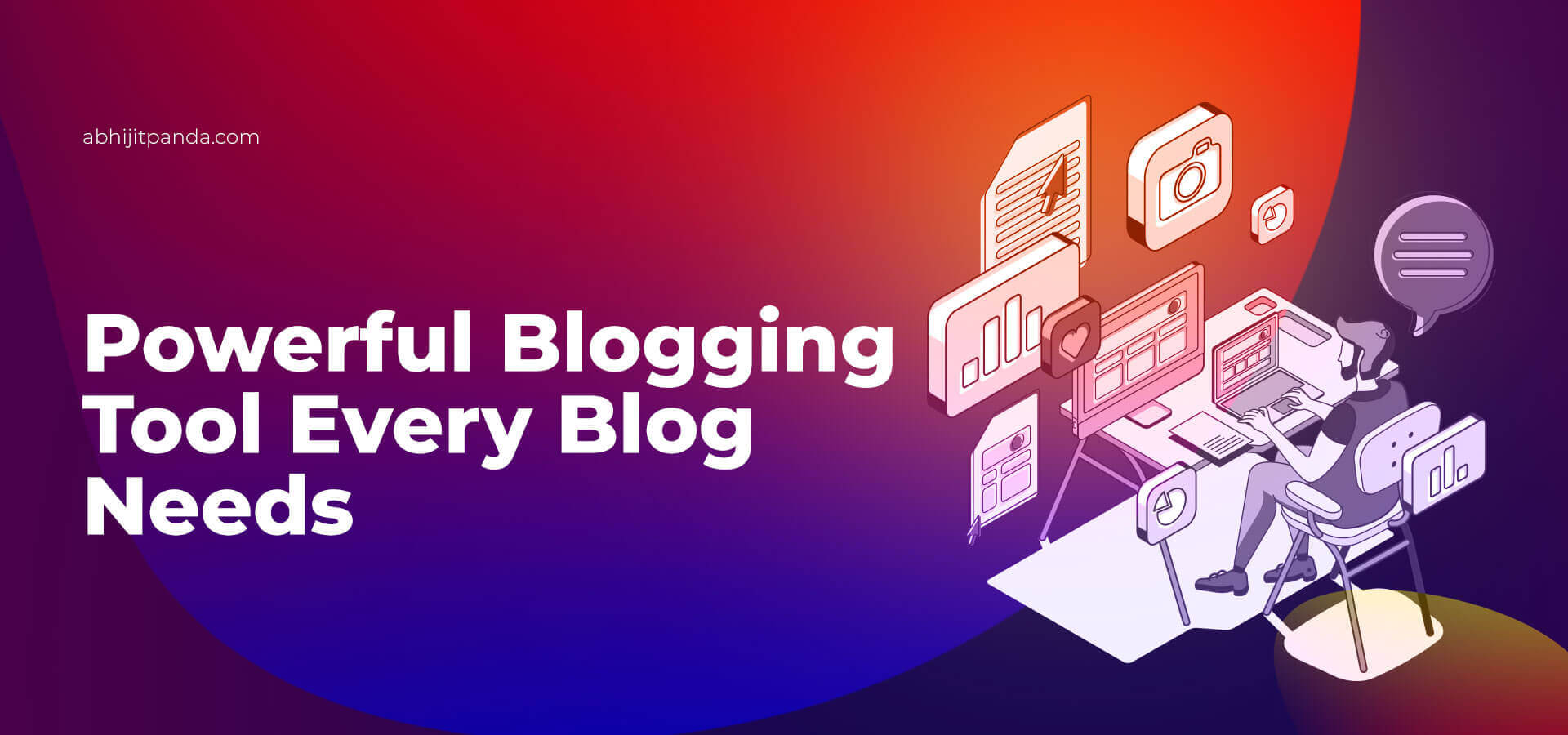
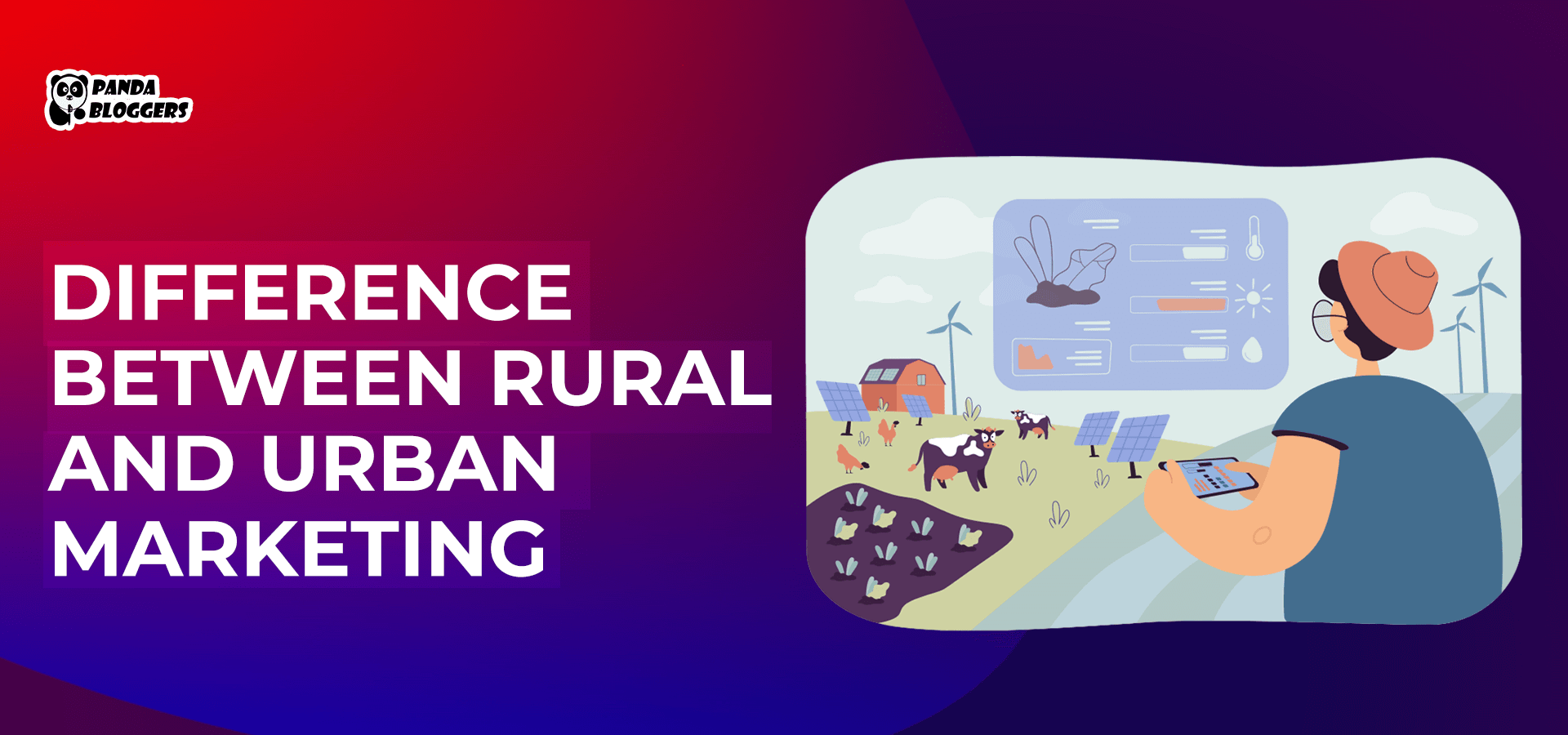

Leave a Reply